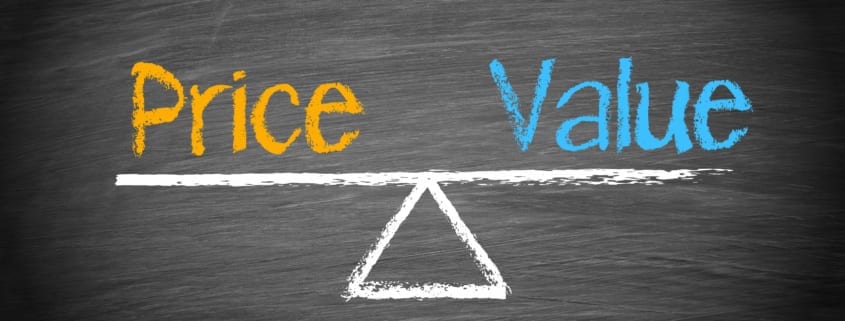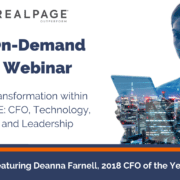The Pitfalls of Pricing: Understanding Commercial Real Estate Software Cost Structures
How do you choose a software vendor that not only provides you with the right solution but also has a pricing model that aligns with your economics? There are different types of software out there that solve countless business problems, but you need to make sure the pricing structure is right for your current business model as well as to your future plans.
Before we dive into cost, it would be beneficial to have a better understanding of the most popular type of software on the market right now: SaaS. Software-as-a-Service is the most common type of solution you will find in today’s market.
Software-as-a-Service (SaaS):
SaaS products are becoming increasingly popular as companies begin to tighten technology budgets because this type of solution traditionally follows a subscription-based pricing plan. This option is usually more affordable because the software is multi-tenant. Being multi-tenant means that the product has a one-size-fits-all approach, meaning it is expected to work right out of the box for most of the target market. These solutions are also cloud-based, making software updates quick and easy and eradicating the need for heavy duty servers and equipment on-site. Additionally, with cloud-based solutions there is less risk of technology and security failure on the user’s end.
Seems simple, right? Not so fast. You need to be aware that not all SaaS software is created equal when it comes to cost.
Factors that can impact pricing:
- Value of assets under management
- Number of investors
- Percent of deal raises (crowdfunding specific solutions)
- Amount of data storage usage
- Number of customer service hours
- Number of internal users (seats)
- Number of third-party integrations
Some companies will combine these items to create pricing models that seem incredibly affordable at the time of implementation. But here is where things can get tricky. You need to watch out for hidden costs such as hourly charges for additional support time after setup, penalties for exceeding data storage limits, and extra fees to access the mobile app version of the software.
You also need to consider your future plans. When investigating products on the market, look for pricing structures that align with your goals. An understanding of price versus value is key during the assessment process. If you want to grow, scale, and increase profit margins, then a software that is charging a percentage of asset-under-management (AUM) will inhibit you during that undertaking. What started as a good value may end up costing more than it is worth. If you intend to grow over the next 5 years, try to dodge pricing structures that attempt to capitalize on that scenario. Look for rates that are guaranteed for certain periods of time or increase based on well-defined tiers. This will help you avoid a situation where software costs balloon from nominal and effective to disproportionate to the value.
Anytime you are evaluating software it is crucial to have a complete understanding of pricing. You are purchasing software to make your life easier, not to create more headaches. Choose a software provider that will be a partner, not just a vendor.
If you’re looking for an investor management software solution and want to learn more about the buying process, check out our eBook: A Buyer’s Guide For Investor Management Software.











